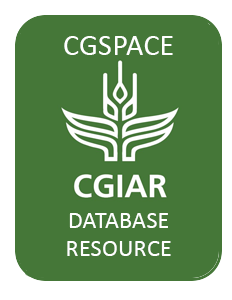Resource information
An in-depth quantitative analysis is undertaken in this paper to assist the Southern African Development Community (SADC) Secretariat, member countries, and development partners in setting future regional investment priorities for agricultural research and development in the SADC region. A primary goal of this work was to identify a range of agricultural research priorities for achieving sector productivity and overall economic growth in southern Africa, at both the country and regional levels. This is accomplished by adopting an integrated modeling framework that combines a disaggregated spatial analytical model with an economywide multimarket model developed specifically for the region. The spatial disaggregation uses information on current yield gaps to project growth and technology spillovers across countries among different agricultural activities that share similar conditions and thus potential for adoption and diffusion in the region. The economywide multimarket model is used to simulate ex ante the economic effects of closing these yield gaps through a country’s own investments in research and development (R&D) and from potential R&D spill-ins from neighboring countries. Results indicate a high potential of spillovers and technology adaptability across countries due to similar agroecological and climatic conditions and the countries’ own capacities for adaptive R&D. The greatest agriculture-led growth opportunities reside in staple crops and in roots and tubers, especially among the low-income countries. Together, these sectors have the potential to contribute up to 40 percent of future possible growth. There are differences (areas of comparative advantage) at the country level that offer opportunities for specialization. For example, grains are the dominant subsector for Zimbabwe; in Botswana, opportunities will depend on more growth in its livestock sector; and for Namibia promoting fish growth may be more important. The root crops sector is as important as that of grains in Angola, Democratic Republic of the Congo, and Malawi, but even more important in Mozambique. The study finds evidence of high spillover potential, especially for maize, rice, cattle, cassava, sorghum, and beans. Low-income countries gain the most from spill-in of R&D in the grains and roots subsectors; yield growth in these subsectors explains about 20 percent of these countries’ gains in the total value of production, compared with only 2.2 percent among middle-income countries. Our results emphasize not only the importance of expanding regional cooperation in R&D and technology diffusion in southern Africa, but the importance of strengthening regional agricultural markets and linkages with nonagricultural sectors.



